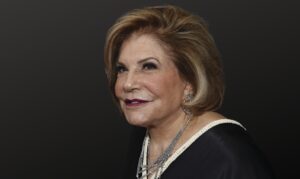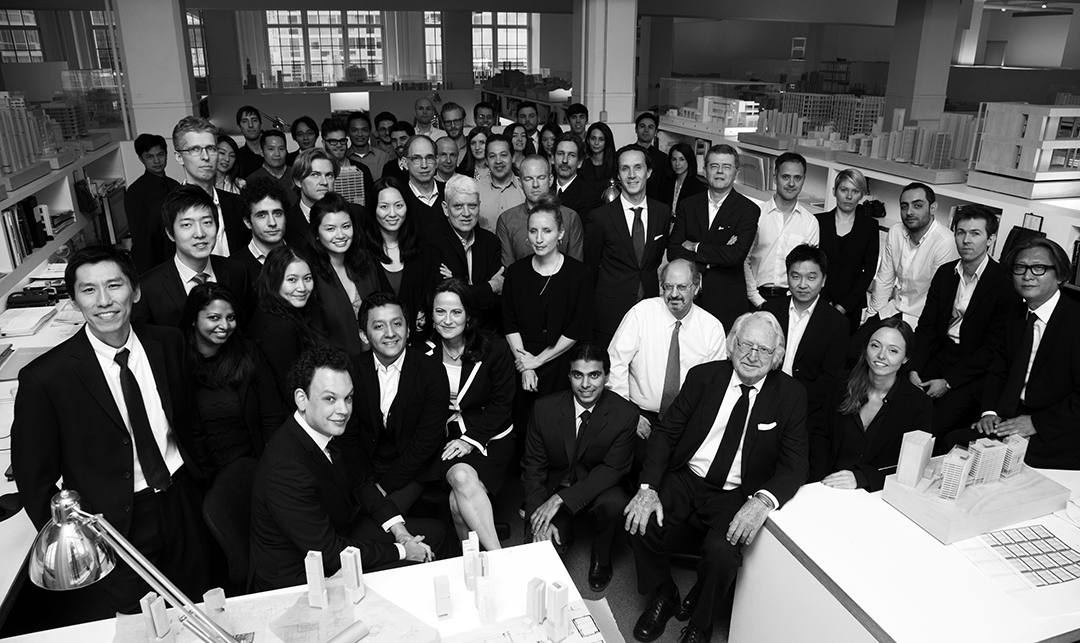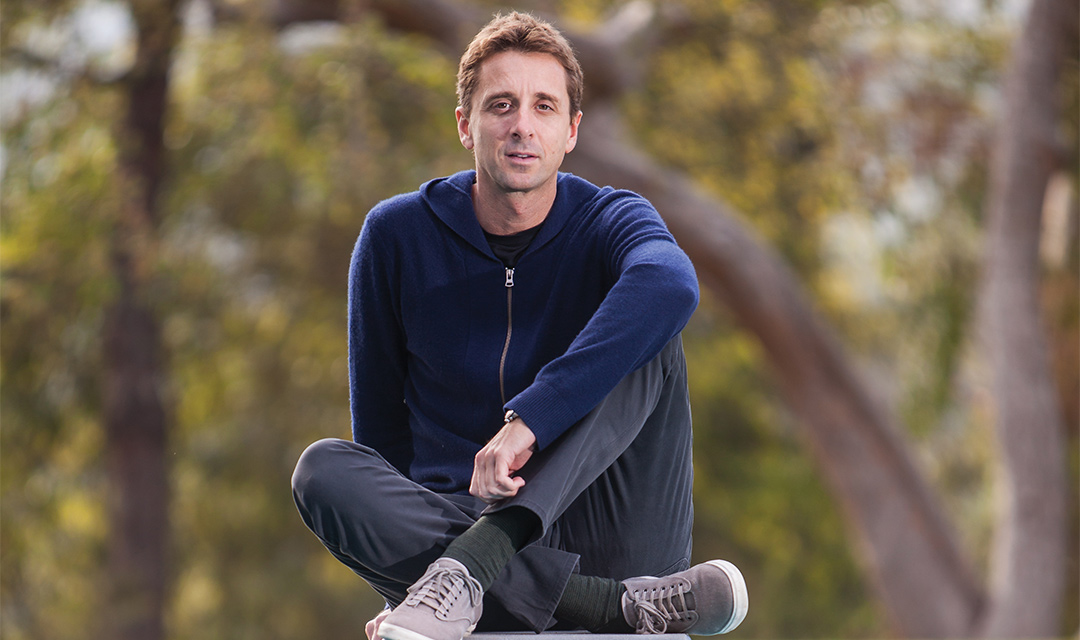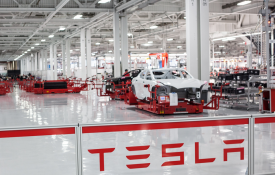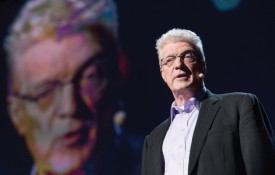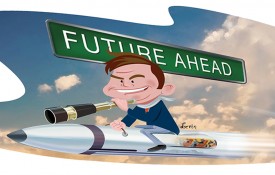At the turn of the 20th century, the United States was leading the cavalry charge into the modern industrialized age. A groundswell of innovation was touching every aspect of people’s lives: the way we lived, worked, traveled, and thought was evolving rapidly, as if Charles Darwin himself had administered growth hormone to human ingenuity. No longer were we relegated to riding on the backs of animals to avoid having to walk to our destinations. It was the beginning of an era that brought us a concentration of great young minds––from Edison to Einstein to Ford––who were driving society headlong into the brave new world.
It’s been said that necessity is the mother of invention. Today, with our needs largely addressed (though certainly, holes remain that need to be filled), we are left with a voracious appetite of wants and desires––the “creature comforts” that add quality and convenience to solutions already implemented in some form. Two decades removed from the onset of the Information Age, we find ourselves in the midst of the Golden Age of Innovation. The 1990s may have triggered a slew of necessities for the fledgling online world, but it also summoned a new generation of giants to step to the fore.
Enter Sky Dayton. Frustrated by the monumental difficulty he was having just getting an online connection, he took matters into his own hands. In 1994, at age 23, he founded EarthLink, a company that played a major part in harnessing the transformative technology of the World Wide Web by perfecting a platform for accessing the Internet.
Bill Gates and Steve Jobs may have revolutionized the utility of the computer – and in the process created optimal conditions for a tech Mecca to the north, but Sky Dayton democratized the personal computer. Virtual interconnectivity, a foreign concept just a few decades ago, has become almost a “sixth sense” of the human condition.
Rather than sit back and bask in his good fortune and success, Dayton continued his ascension to further heights of entrepreneurial legend. In 1999, he co-founded dot-com incubator eCompanies with Jake Winebaum, who had recently left his post as chairman of Disney’s Buena Vista Internet Group. “Back then, big, multinational companies would often seek our advice on their ‘Internet strategy,’ says Dayton. “Our response was that the Internet isn’t really a thing in and of itself but a way of taking time, space, and cost out of every normal business process. Fast forward 13 years and we see how the Internet has woven its way into the fabric of everything.”
Boingo Wireless, which he launched in 2001, has grown into the Wi-Fi industry’s leading global provider of software and services. In December, the company was named “Best Wi-Fi Service” for the third time in four years by the readers of Global Traveler. As of December 2012, Boingo’s aggregated global network spans more than 100 countries and partnerships with more than 125 Wi-Fi network operators, totaling more than 600,000 Wi-Fi hotspots worldwide.
“I started Boingo after installing an early Wi-Fi network in my home in 2000 and immediately realized that the cost of Wi-Fi equipment would drop rapidly, and that ultimately, Wi-Fi chips would be built into everything,” he relates. “But unlike cellular networks, all these little Wi-Fi networks would be owned by lots of different companies and entrepreneurs. Someone had to band these networks together into one service.”

A different side of Sky
Dayton credits Boingo CEO Dave Hagan for leading the company’s expansion into major airports, including JFK, O’Hare, and Heathrow. Subsequently, big carriers wanted to enable their customers to connect to Wi-Fi to unburden overtaxed cellular networks; hence, another market emerged that Boingo was perfectly positioned to serve. “This year, we’re on track to do over $100 million in revenue for the first time,” he says. “That’s always a great milestone.”
Dayton is proud of the role he’s had in bringing the Internet to the masses. But it’s especially rewarding for him when he’s the student. “My three young kids teach me something about technology every day,” he says, adding that his 10-year-old daughter has more followers on Instagram than he does.
Comparing the Internet in the 1990s to the Wild West, Dayton points out there were at least 10,000 Internet providers in the United States. “The competition in the early days was fierce. We did a lot of things well, but we outgrew [the competition] mainly by providing great service.
“EarthLink was fast, simple, inexpensive and most of all, backed by great customer support,” says Dayton. “It was very people-intensive. At one point we were the largest corporate employer in Pasadena, and we opened call centers all over the country. We went out of our way to hold a customer’s hand as they got on the Internet for the first time. There were stories of EarthLink tech support reps driving to a customer’s home to fix their computer.”
As for his introduction to technology, Dayton recalls a trip to his grandfather’s office near Palo Alto when he was nine-years-old. David DeWitt was an IBM Fellow and one of its top engineers. “I clearly remember seeing the data center with its giant banks of machines whirring and buzzing, and I was hooked.” He got his first computer, a Sinclair ZX81 – made by Timex and equipped with a memory capacity of 1 kB – shortly thereafter.
Born in New York City, Dayton grew up in Los Angeles. His parents were both artists; his father a sculptor, his mother a dancer and poet. At age 19, he and a friend opened Cafe Mocha, an art gallery/coffeehouse. In 1992, Dayton and another friend opened Dayton/Walker Design, an advertising and design firm. It was around that time that Dayton’s frustration with the lack of utility of the Internet began to consume his creative energies.
“The Internet is kind of like electricity. It’s invisible yet powers everything in our lives, and it would have been impossible at the time of its invention to predict its potential uses. It still is,” he acknowledges. One of the first things Dayton did when creating EarthLink, which he still does to this day when looking at a new market, was to draw a segmentation map. “This allowed us to understand who our competitors really were and remain laser focused on our mission,” he says.
Along the way, Dayton has aptly applied the lessons from his relatively young age of entrepreneurial success. “I learned that it takes as much effort to do something small as something big, so I might as well just work on big, embracive ideas,” he says. “It’s really just a matter of viewpoint. In order to scale up to meet a big idea, you have to surround yourself with really smart people and let it be their game, too. With a great team all pushing in the same direction, you can create a kind of unstoppable juggernaut.”

Surfing off the coast of Indonesia
One of Dayton’s passions, a perfect pastime for clearing his head and just being in the moment, is surfing. And he’s quite good at it. The iconic images of Dayton “shooting the curl” off the coast of Indonesia encapsulate the ultimate upside for the SoCal entrepreneur who is thriving in his element. Business is never far from his mind, though. Asked his favorite place to do business over a drink, his response was “Malibu, in the water, surfing.”









